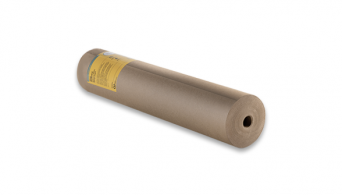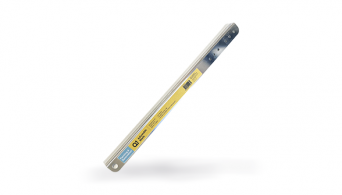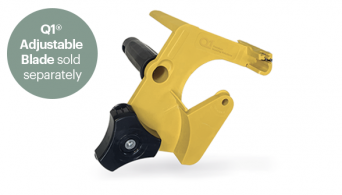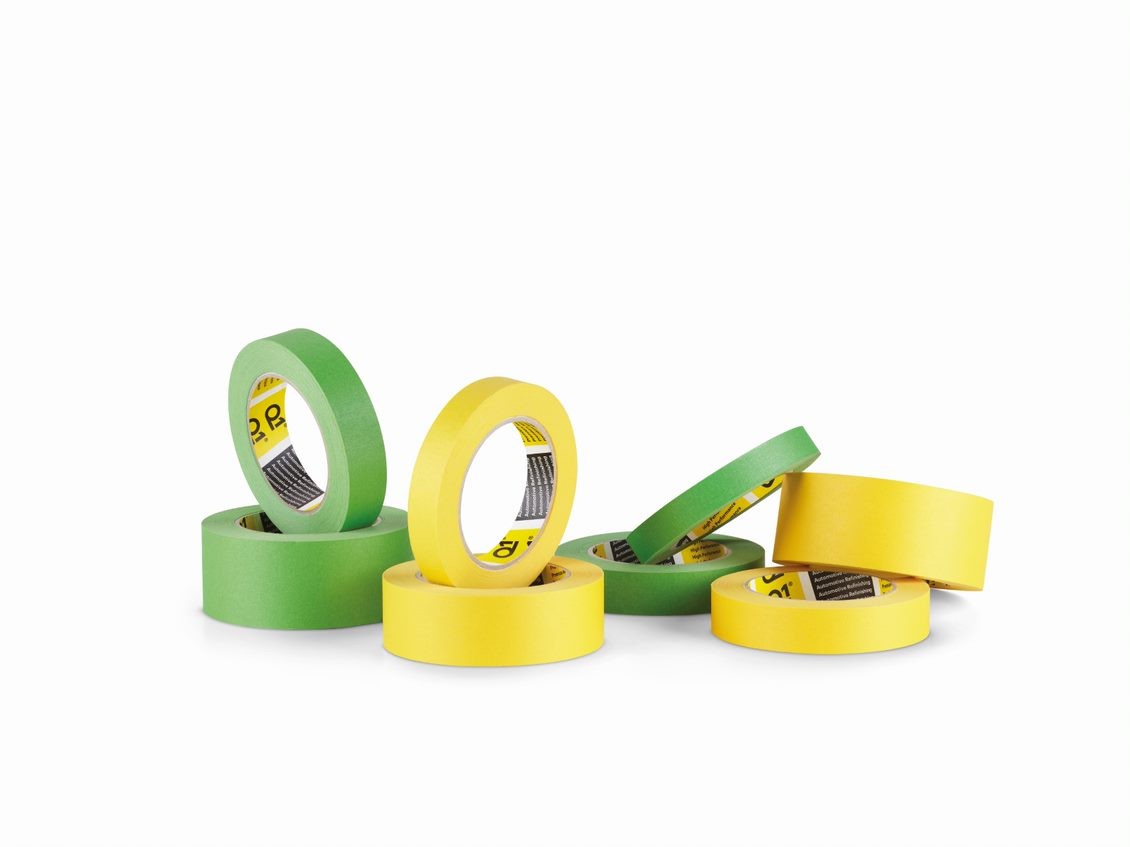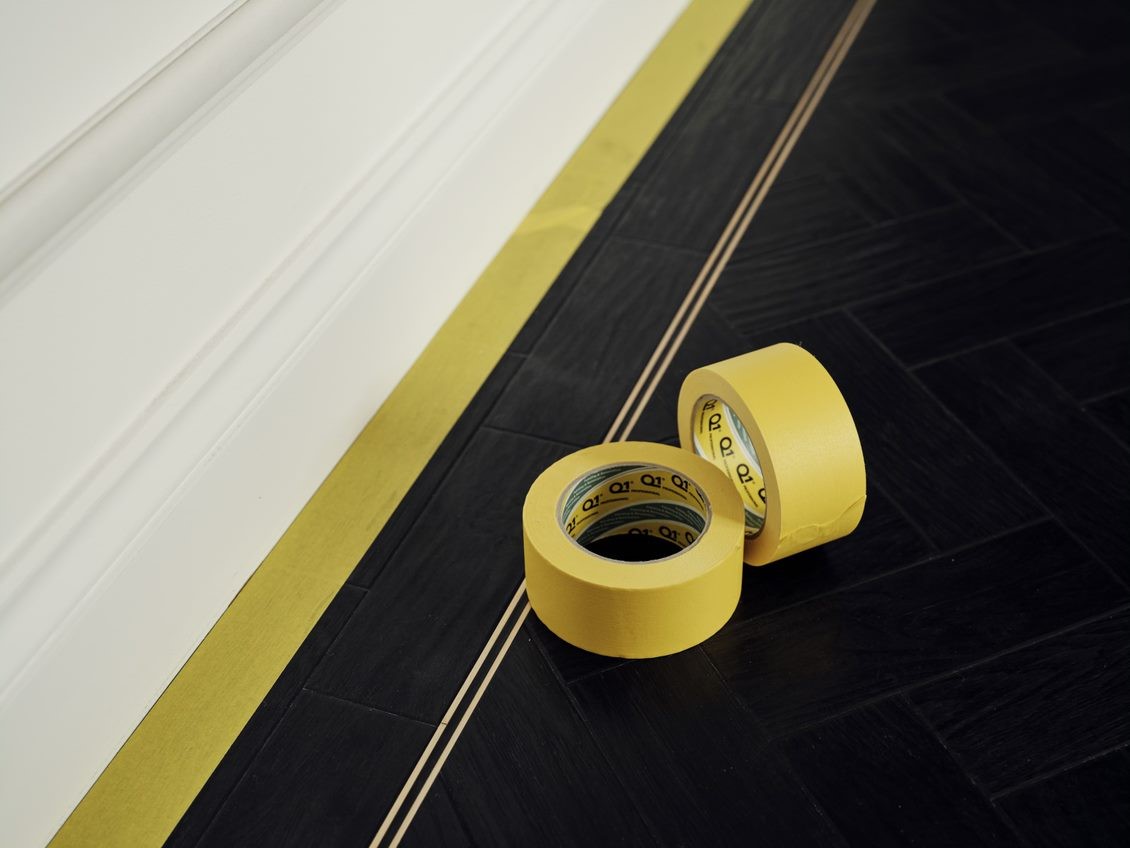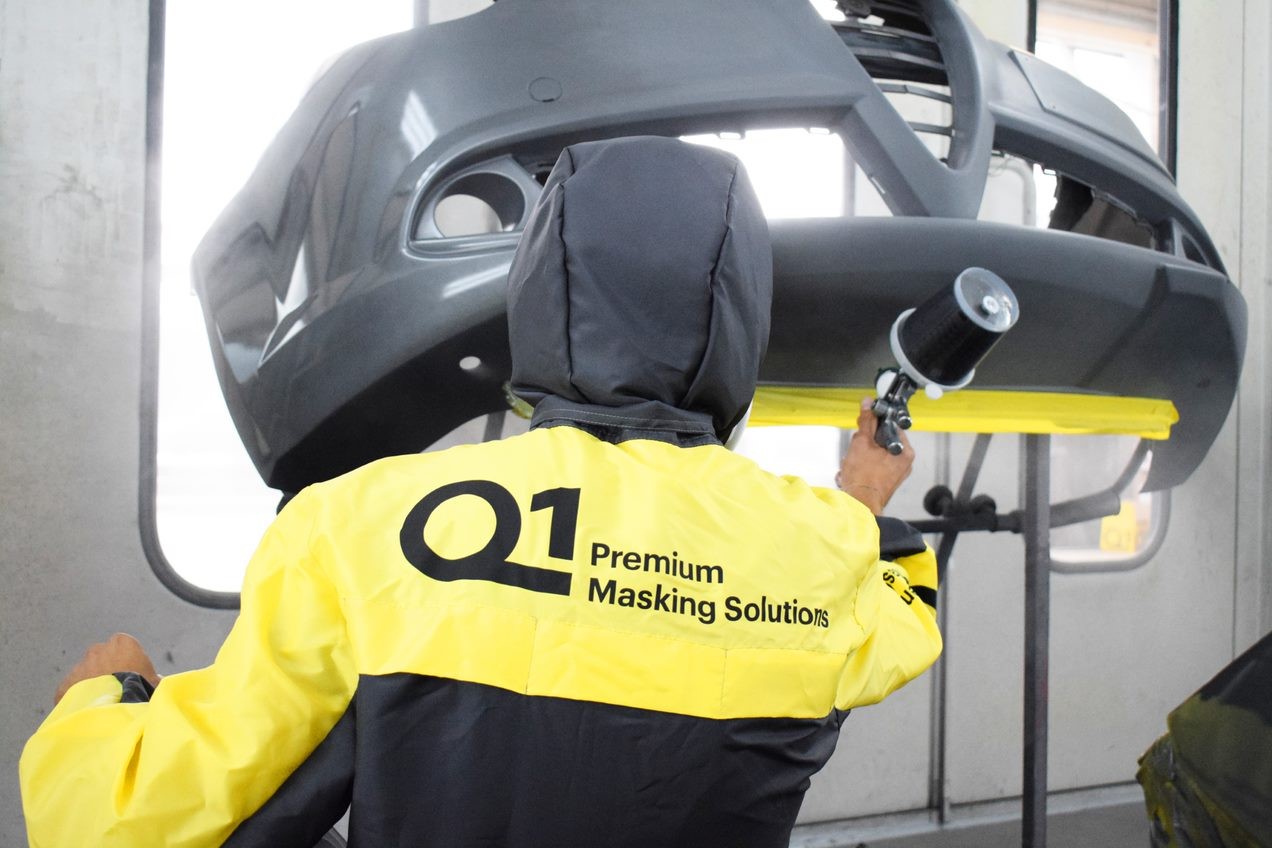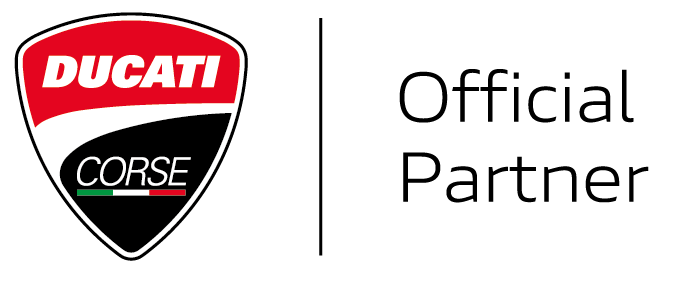Our step-by-step guide to putting the shine back into faded bodywork
When Jamie Lunn from Car Cosmetics took receipt of a black and red edition Fiesta, he could instantly see that it wasn’t just the localised lacquer peeling that was the issue. The previous paint correction had been of poor quality across a number of panels and this car needed both a SMART repair to the front bumper and further paint correction and detailing to really give it its shine back.
As an independent body shop specializing in SMART repairs and detailing, Car cosmetics in Aldershot offers a range of bodywork repairs and high-end paint correction and protection services.
Offering competitively priced services across all makes and models, owner Jamie Lunn often completes faultless work on cars which insurance companies want to write off.
Here, he talks us through how to put the shine back into a poor quality paint job, including a localised SMART repair for peeling lacquer.
Stage one: Mask local area and sand peeling paint
The SMART repair for this car is on the bumper, so masking the headlight and trims before sanding is imperative. For this Jamie uses Q1®’s one-inch Premium Masking Tape. Once masked, he uses a 320grit handheld sander to remove the damaged lacquer until the area is smooth and defect free.
For masking, Jamie only uses Q1® products after they were recommended to him by a friend. Keen to always test out new products with a view to improving the quality of his work and the speed of his repairs, Jamie noticed the performance difference almost immediately after switching to Q1.
Stage two: Mask off the rest of the area ready for priming
Using more one-inch tape, alongside Q1®’s Premium Masking Drop Film, Jamie masks a wider area so that he can prime the localized damage, with no concern for overspray. To prime the area, he uses pro XL high build, which, with its rapid drying times, is ideal for building two coats on a small area.
Jamie considers the Premium Masking Drop Film a real lifesaver when wanting to quickly mask off a portion of any vehicle. With tape along one edge, he can create an instant barrier without having to use multiple products such as masking paper to the vehicle which can be time consuming and awkward. He notes that this drop film can also be applied using a masking gun.
On this particular vehicle, the number plate is hard glued in place, so Jamie reaches for the Q1® Foam Masking Tape, which tucks behind the number plate to create a soft finishing edge. The number plate is then protected with masking tape.
Jamie also uses the Q1® Premium Protective Film, which can be quickly drawn up and over any vehicle when large areas need to be covered and protected.
Stage three: Refinish the damaged area
Once the area was prepared for paint and masked up using an ANI r150 1.0 gun, Jamie kept the paint blend local and applied three coats. He used a wheat gun to dry each coat for around five minutes, followed by an infra-red lamp which was placed to the bumper to give quicker drying time on the basecoat applied. During this stage Roberlo vt141 lacquer was mixed to a five to one ratio – perfect for small repairs requiring a quick drying time.
Right before the lacquer application, a quick tack and blow of the area was carried our to ensure a clean as finish on the bumper.
Two coats of lacquer were applied one after the other with only a two minute flash off between coats. Pro XL smart blend was then used to help flow out the area where the lacquer finished, with one final infra-red bake.
Stage four: Mask panels which require paint correction or detailing
To prepare the vehicle for paint correction to the roof, Jamie uses Q1® Premium Trim Masking. For him, and many other Q1® converts, this product saves time when working close to door edges in particular because the leading plastic edge keeps the tape in place throughout the duration of the repair.
With no tearing or peeling, there is no need to stop the job to reapply the tape, which means repairs can happen more quickly. Jamie combines this with foam tape for door shuts, to prevent compound entering the area, which gives him a foolproof masking solution for fast, high-quality repairs.
Stage five: Complete paint correction and detailing
Jamie uses a range of machine polishers when completing a paint correction and detailing job. For the pillars and roof area he used a rupes lhr75e with microfibre pads to remove swirls and enhance the paint work. This was a two stage process.
Firstly, Jamie cut through the surface and so that he could de-swirl and remove scratches. Once complete, the second stage was to enhance the paint work.
Car cosmetics made the switch to Q1® products permanently after experiencing the premium performance quality for themselves. Is it time you switched? Find out more here.
Related Products
No products were found matching your selection.


